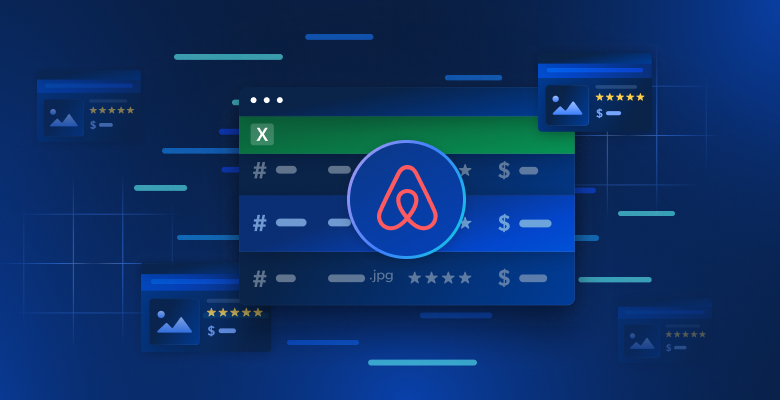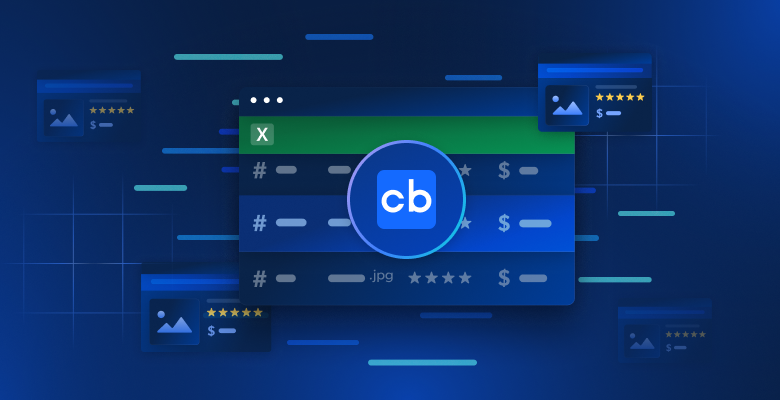In this article we will discuss:
- Top data points of concern for retailers
- The Ultra-Convenience Trend
- The User Experience and Micro-fulfillment
- Price Points, the Supply Chain and Inflation
The top data points of concern for retailers:
The key factors affecting retailers in today’s coronavirus-laden world, are issues such as rising inflation, the shift to online consumerism, micro-fulfillment trends and even unprecedented challenges to the supply chain, among many other examples.
With e-commerce penetration advancing at a record pace, many retailers were able to breed success amid the pandemic by anticipating key changes in the market, as well as the momentous shift to the online marketplace, using insights gathered from public web data.
But what are the driving elements behind the sudden shift in the marketplace, and how can retailers use certain data points to stay relevant as well as competitive as the earth continues to shift beneath their feet?
Cowper, who heads ShopGrok – an Australia-based award-winning SaaS company that assists in pricing strategy for some of the market leading retailers, brands and marketplaces in the region and the world – shared his perspectives surrounding some of the top data points of concern retailers should focus on in order to grab their deserved share of the online marketplace.
Who is the new breed of consumer?
Online shopping is here to stay, and will become more and more foundational to retail.
With regard to the recent survey conducted by Vanson Bourne and Bright Data, there has been a general shift in the behavior of consumers since the onset of the coronavirus outbreak.
Your survey results show that, today, consumers are more sensitive to pricing (82%), product availability (65%) and delivery timeframes (59%), in comparison to years prior.
Meaning, consumers are becoming more demanding and more price savvy as the years go by, with a particular interest in product availability, which had not been the case before the pandemic.
Those three themes coming out of your survey, we are certainly seeing from our retail customers, and their customers.
Price sensitivity is something that continues to be just foundational to retail now that everything’s online.
In light of the recent change in consumer demand, retailers need to ensure their customers are getting their products on time, that they are readily available and have attractive price points attached to them on the online marketplace in order to maintain longevity in today’s overly-saturated market.
What is the ultra-convenience trend?
Accompanying the drastic shift to the online marketplace, also came with it a new breed of expectations – one of ultra-convenience and excess.
Following the onset of the coronavirus outbreak, consumer expectations began to shift the way retailers conduct business, forcing companies to turn to innovation to meet the demands of the new consumer.
It’s to the point now where COVID has really accelerated the trend to where customers want their goods delivered within ten minutes. For example, ordering supplies to cook dinner that will arrive at their house moments later.
COVID has just accelerated trends that we were already seeing in the market. This whole ultra-convenience trend already started when I first launched ShopGrok back in 2018.
However, it’s becoming a lot more challenging for retailers who need to get a lot smarter about their range, their availability and how they deliver to customers.
The ones that have technology at their core, have really strong analytic capability and have the right data will succeed.
The ‘old school,’ traditional retailers who used to rely on just buying stock, marking it up and customers coming to their stores – they’ve been in decline for some time but I think it’s going to become more accelerated now.
How has the user experience and micro-fulfillment trends shifted the ways companies conduct business online?
If a retailer can capture a consumer’s attention, they can stay there longer and increase their market size.
User experiences are continuing to be critical to converting website visits into purchases, and the user experience of websites these days needs to be top-notch to generate sales.
Once arriving on a specific website, users expect to find products quickly, as well as to be recommended options that are relevant to their price search history, or fall in line with their likes and interests.
An extension of that, is that retailers are also heading down the path of extending their range with extended marketplaces.
Whereas retailers would typically stock their own inventory in their own warehouses and sell them directly to their consumers, many are now adding on an extended range – generally in an online capacity through the use of third-party sellers.
It’s essentially part of the same experience and that same website, so we are seeing dominant retailers extend their range and their products in other areas.
It helps keep consumer eyeballs on their website – extending their range without the need to make huge investments in additional stock or employees.
We are seeing these sort of pockets of marketplaces popping in different segments, which are potentially taking on the likes of Amazon.
How can public data help companies predict supply chain disruptions, set attractive price points and deal with rising inflation?
The best retailers were able to anticipate that supply chains would be impacted and they essentially would ‘over-order’ on the right products so they still had the inventory in time for the larger sales periods.
That requires the data and insight in order to make those calls.
As countries begin easing the extent of their respective COVID lockdowns, rising inflation will be a key issue for retailers when setting specific price points for products and services listed on the online marketplace.
To stay competitive, and additionally counteract supply bottlenecks, retailers need access to reliable data in order to predict disruptions in the supply chain and set price points within a specific tolerance in order to maintain sales growth.
Notably, retailers who have global supply chains, particularly supply chains in China, or parts of Asia, are still having trouble getting stock.
Especially with the demands of the new consumer – who hold a particular interest in product availability – retailers do not have the luxury of running out of stock, and those who do, might be faced with the challenge of retaining their customers in the long-run.
Additionally, raw data – and particularly public web data – allow companies to understand their market and quantify their price competitiveness within that market, basically benchmarking themselves against competitors.
These strategies could also help retailers generate incremental sales above their normal baseline, by knowing when and where to adjust their pricing points to stay competitive.
Why is that important?
It’s so easy to shop around now with Google shopping and other price comparison apps out there to help consumers find the best prices, it’s very easy to compare.
As your survey results show, close to three-quarters of consumers (73%) expressed that they would switch from their normal retailer for a better price. Considering, within the sphere of the online marketplace, that prices fluctuate almost by the minute, without the access to reliable real-time data retailers would stand at a disadvantage to those incorporating such strategies.
If you’re a retailer and you’re selling commoditized products, which you can buy at various places, you really need to be sharp on your pricing or otherwise you’ll miss out. You need to be within that consideration set.
With regard to our operations, the data we collect using Bright Data’s tools and technology is foundational to what we do.
We capture data from thousands of online sources – pricing, range and other fields and it’s imperative that we collect reliable data and that we can get it in almost real-time.
How do we leverage data for success?
The bar is incredibly high now. The improvements to what’s available and how quickly you can get it, and also the competitiveness on price, is really helping consumers to buy better.
While retailers are certainly feeling “pinch,” with rising inflation, supply chain disruptions and the shift to online consumerism, leveraging data could be the key in determining how to deal with these challenges in a methodical and well-informed manner, as opposed to facing them blind.
As your research shows, the shift to online consumerism is in full swing, with over half (53%) of your respondents noting the majority of their holiday shopping was completed online this year, and earlier than ever before.
With retailers really needing to strengthen their online and e-commerce capability, looking for data and insights is definitely an area which is going to continue to grow exponentially. It’s a trend that is not going anywhere, anytime soon.







